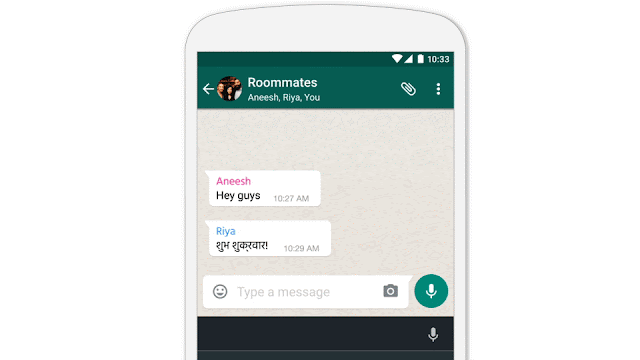Ten years ago when we launched Google Translate, our goal was to break language barriers and to make the world more accessible. Languages shape our identities, culture, how we relate to others and how we communicate. They’re an additional source of cultural wealth, worthy of celebration.
To mark this important milestone, and thanks to the commitment of MEP Catherine Stihler, we organized a reception in the European Parliament earlier this month. To demonstrate how some of the tools of Google Translate work, artists Donnie Munro and Trail West performed a beautiful and melancholic love song in Scots Gaelic, which was translated into English on Google Translate for the audience of MEPs and their staff, and translators working in the European Parliament.
MEP Stihler stressed the importance of minority languages for local communities at the event, a sentiment shared by her colleague Jordi Sebastia (Co-Chair of the Languages Intergroup), when he said that Europe means diversity.
As our policy director Lie Junius explained, Google Translate cannot replace the essential work done by the professional translators in the European Parliament. But we do think it can be a tool that can help people understand each other, also in the most difficult of times, such as demonstrated by stories of British families opening up their homes to refugees, using Translate to start their conversations with them.
In the last decade we’ve grown from supporting two languages to 103, and from hundreds of users to more than 500 million people. And we’ll continue to improve Translate. In February 2016 we announced that we’re adding 13 new languages to Google Translate, including Scots Gaelic, Luxembourgish, and Corsican - covering every single one of the EU member states' official national languages.








